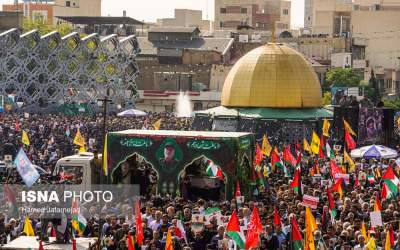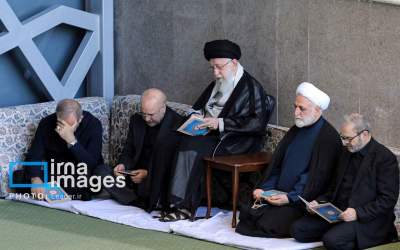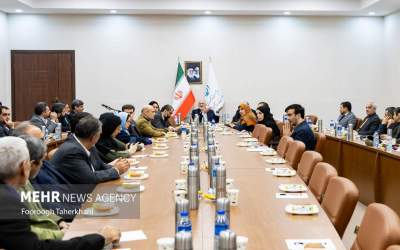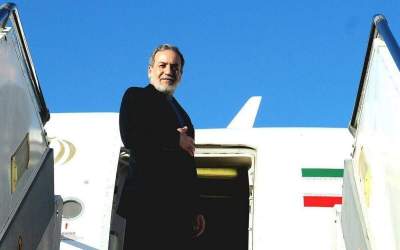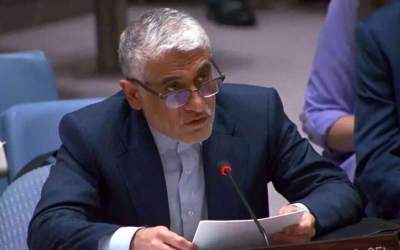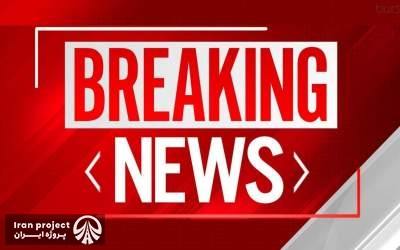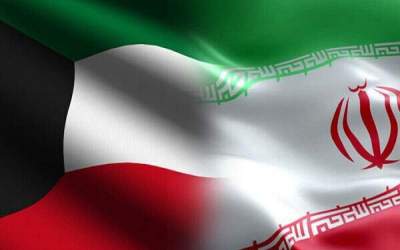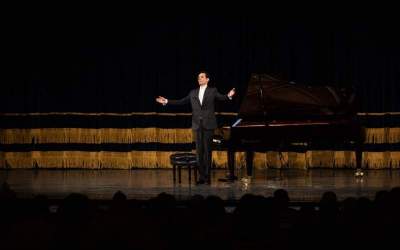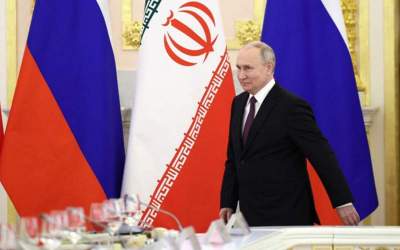 An Iranian workers union on Wednesday urged the government to hike salaries and curb soaring inflation as the Islamic republic�s economic woes take a toll on its working class, local media reported.
An Iranian workers union on Wednesday urged the government to hike salaries and curb soaring inflation as the Islamic republic�s economic woes take a toll on its working class, local media reported.�A 25-percent increase in salaries does not even correspond with the annual inflation [ending March 2012], let alone that of this year,� said the head of the Worker�s House, Alireza Mahjoub, quoted by the Iranian Labor News Agency (ILNA).
Addressing about 4,000 workers in a stadium south of Tehran to mark Labor Day, Mahjoub, who is also a lawmaker, was referring to a government budget proposal for wage hikes.
He said �salary increase and curbing inflation� were the most important demands of his union.
According to official figures, Iran�s inflation rate is 31.5 percent, up from 21 percent a year ago. Analysts believe the real inflation figure is at least double the official rate, and that lower-income workers are hurting the most.
In a separate gathering in front of parliament, �a group of workers� protested low salaries amid �a widening of the gap between [income] classes in society,� ILNA reported, without giving the turnout.
ILNA said an official request by workers to hold a rally had not been granted by the interior ministry.
Citing demonstrators, it said the average salary of a worker is 4,870,000 rials (around 140 dollars) per month, three times below the official poverty line.
The Iranian currency, the rial, has lost over two-thirds of its value since 2012 due to international sanctions over its disputed nuclear program targeting its oil sector and banking system.
Government critics also point to the administration�s economic mismanagement.
Finance Minister Shamseddin Hosseini said in late April that sanctions on the oil industry and the central bank had produced a �currency shock� and an �overwhelming� increase in prices of imported goods.
Iran�s inflation began its rise after the government cut energy and food subsidies in December 2010.
By�Al-Arabiya
The Iran Project is not responsible for the content of quoted articles.
